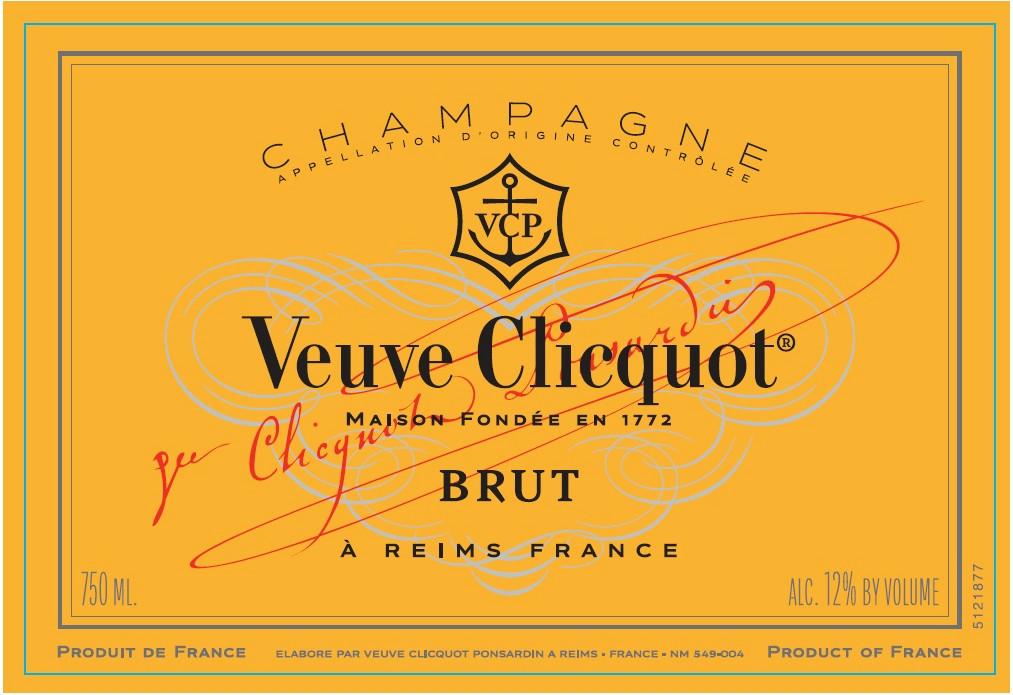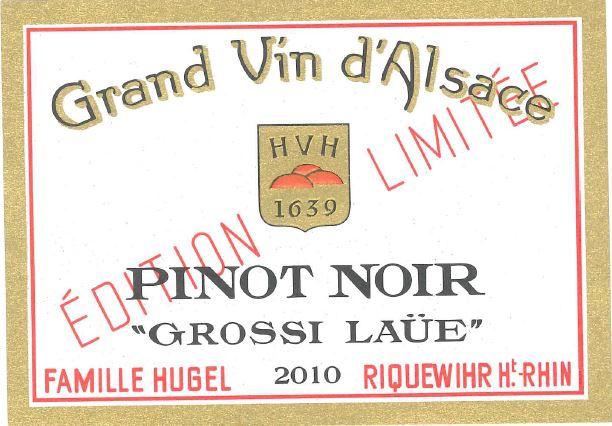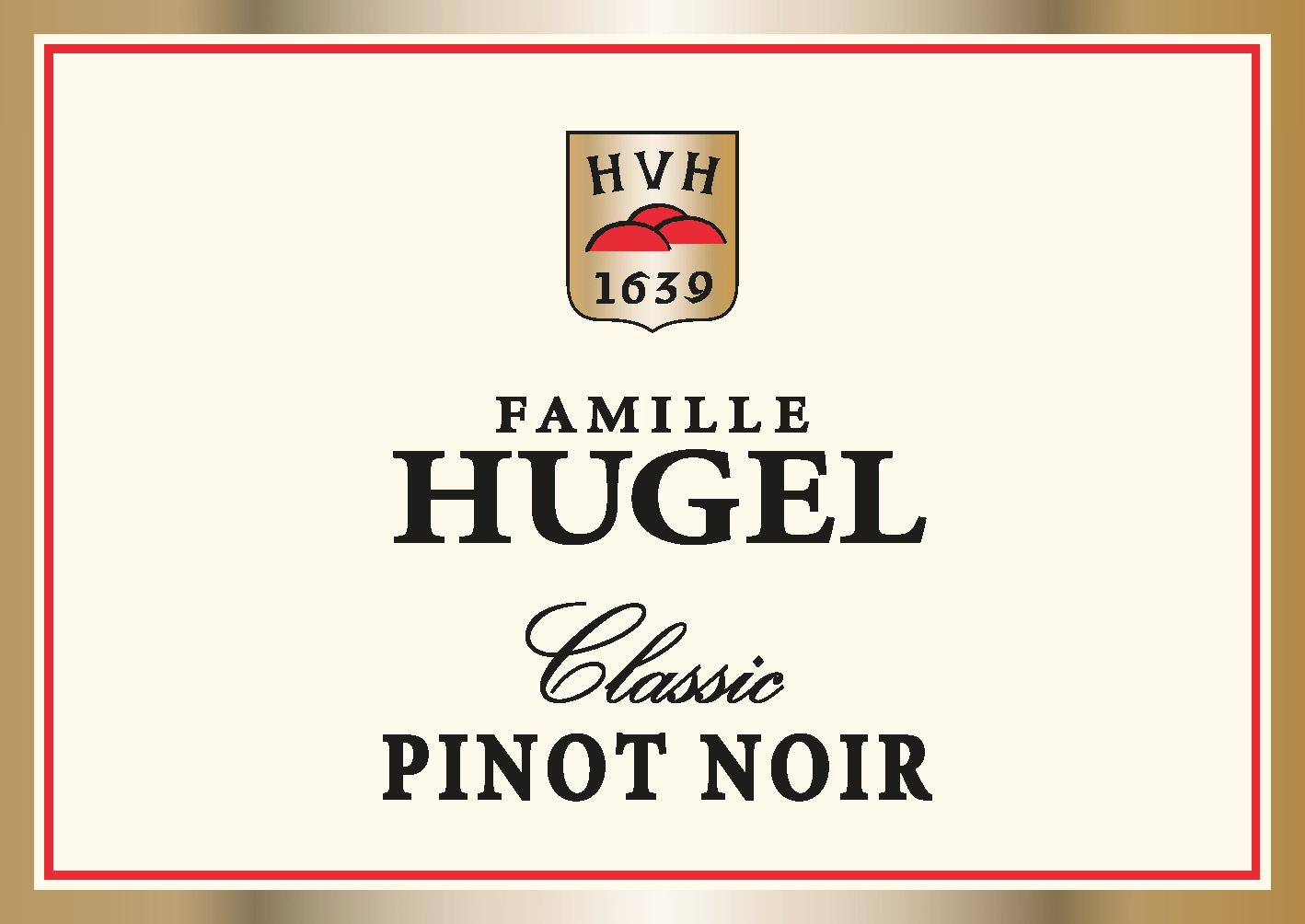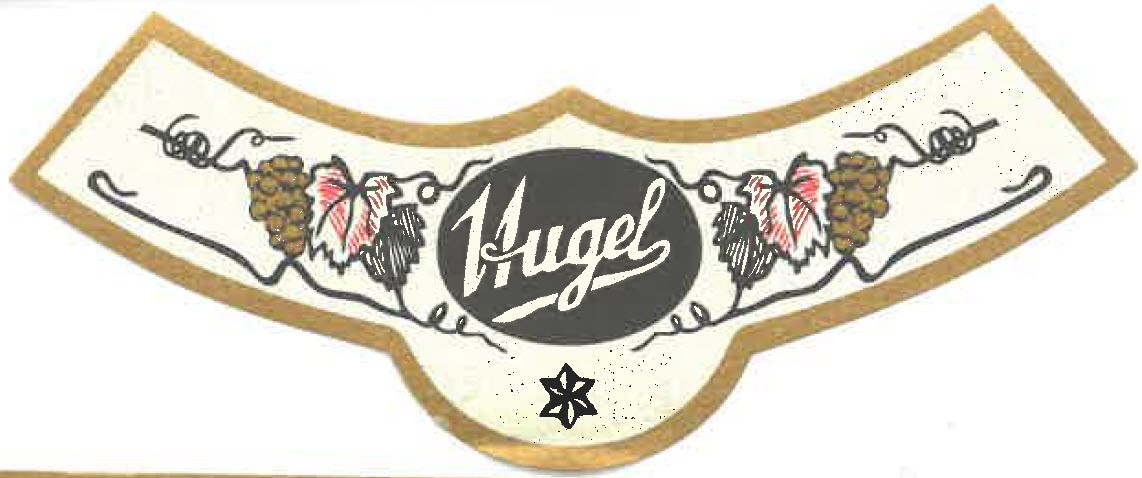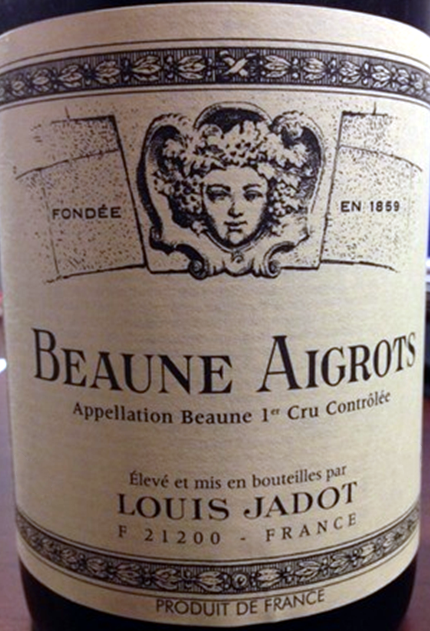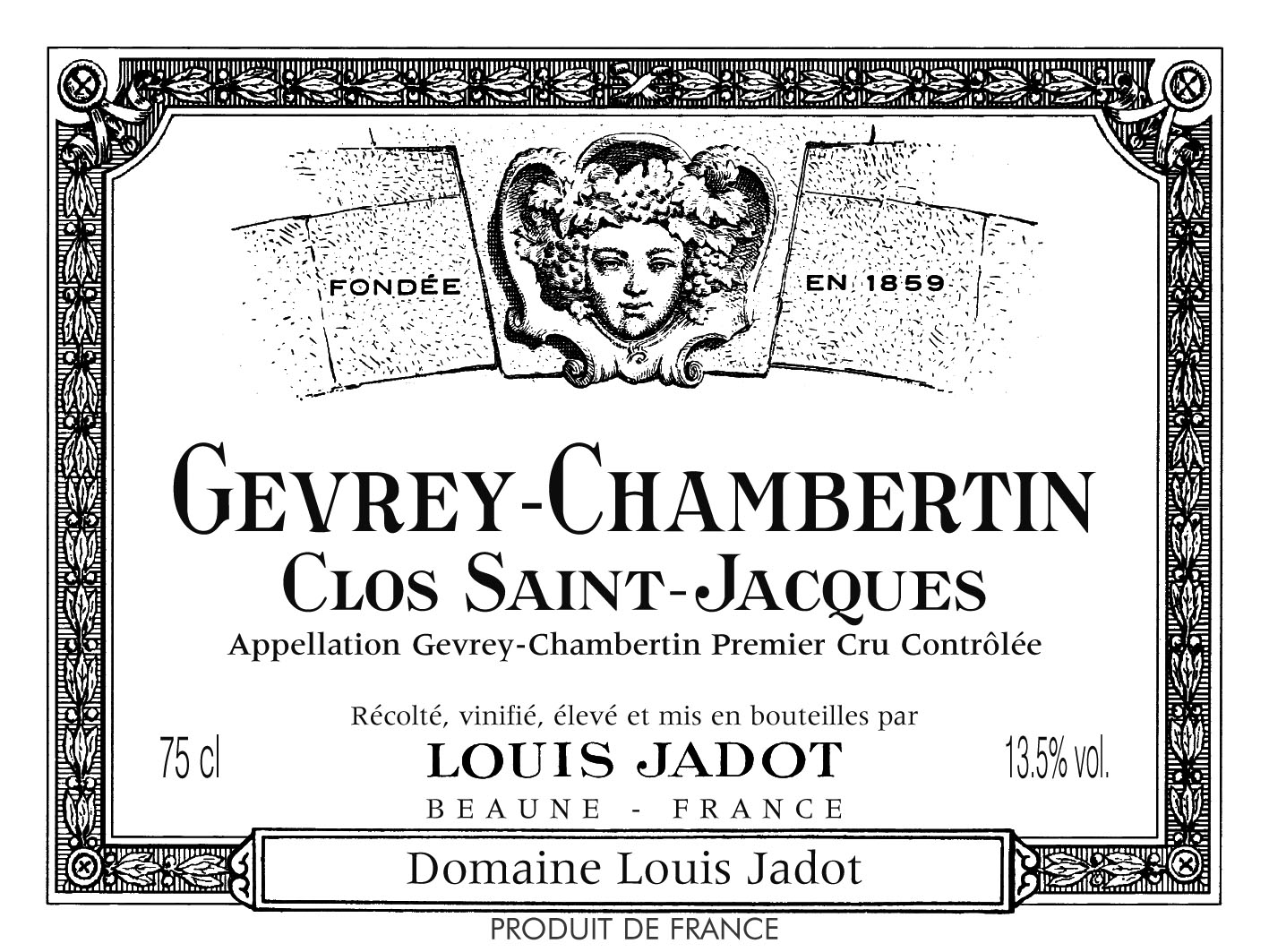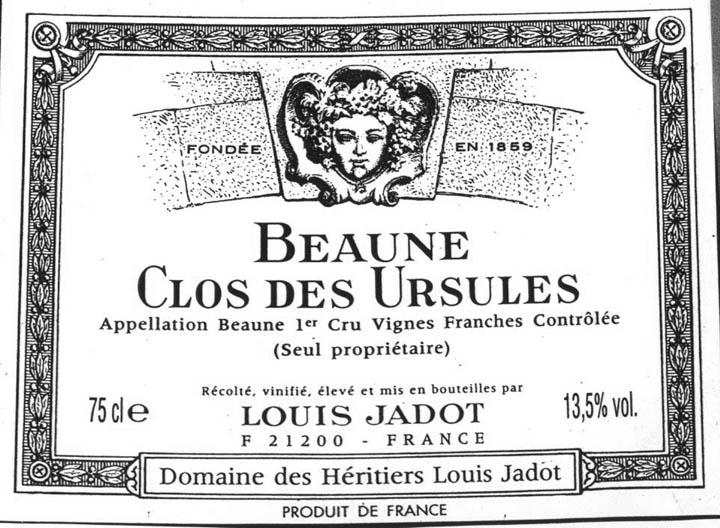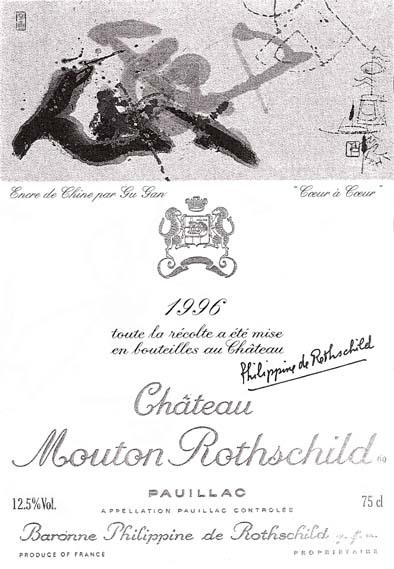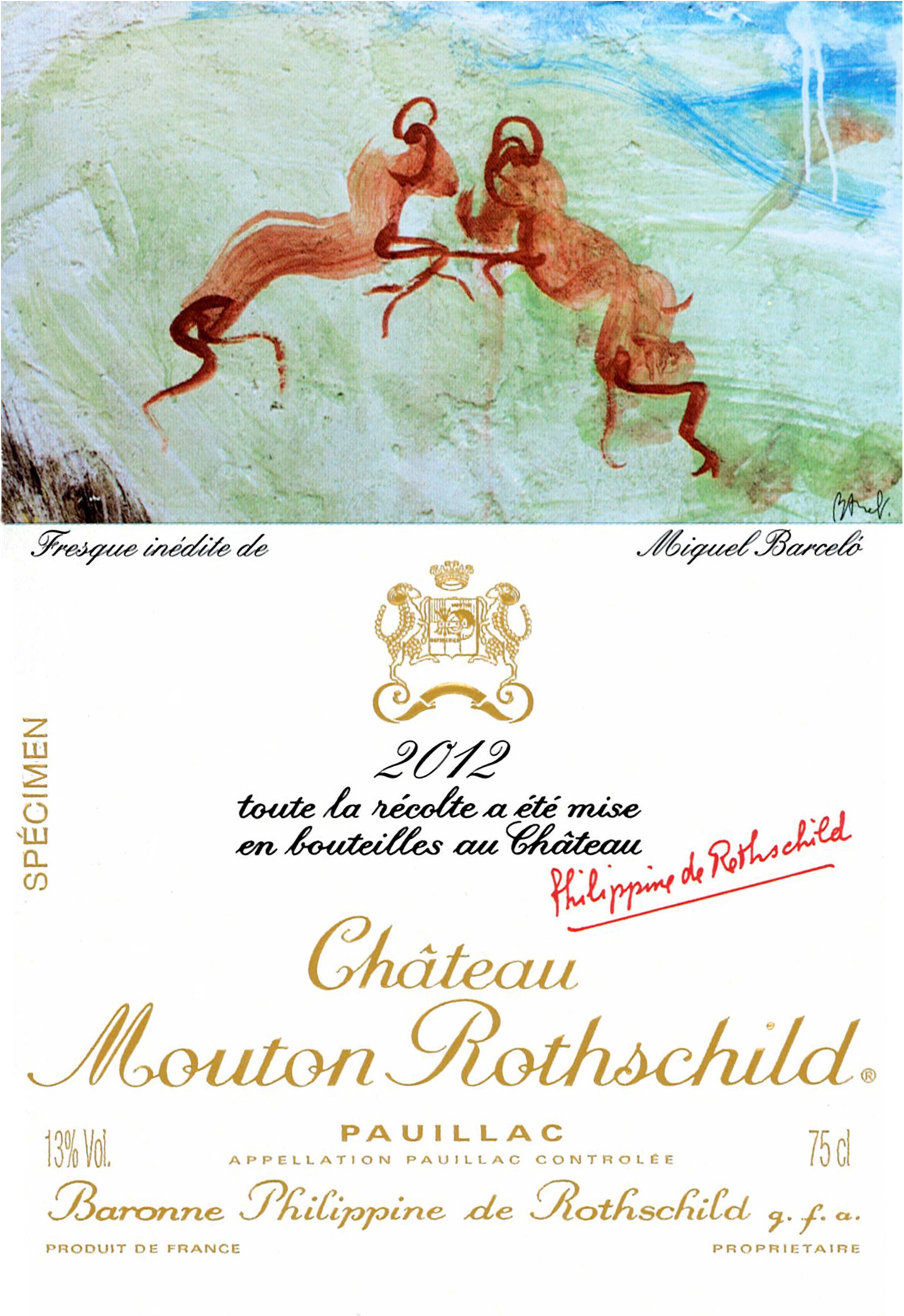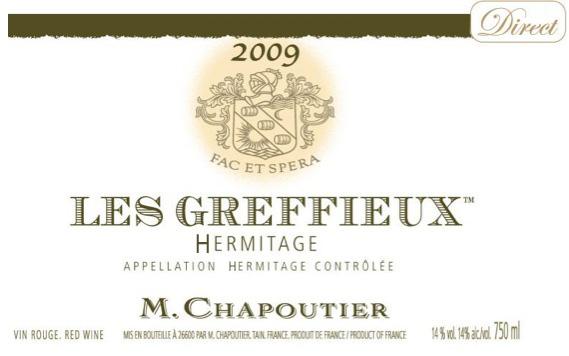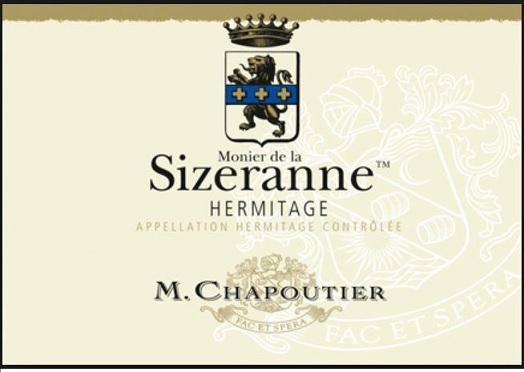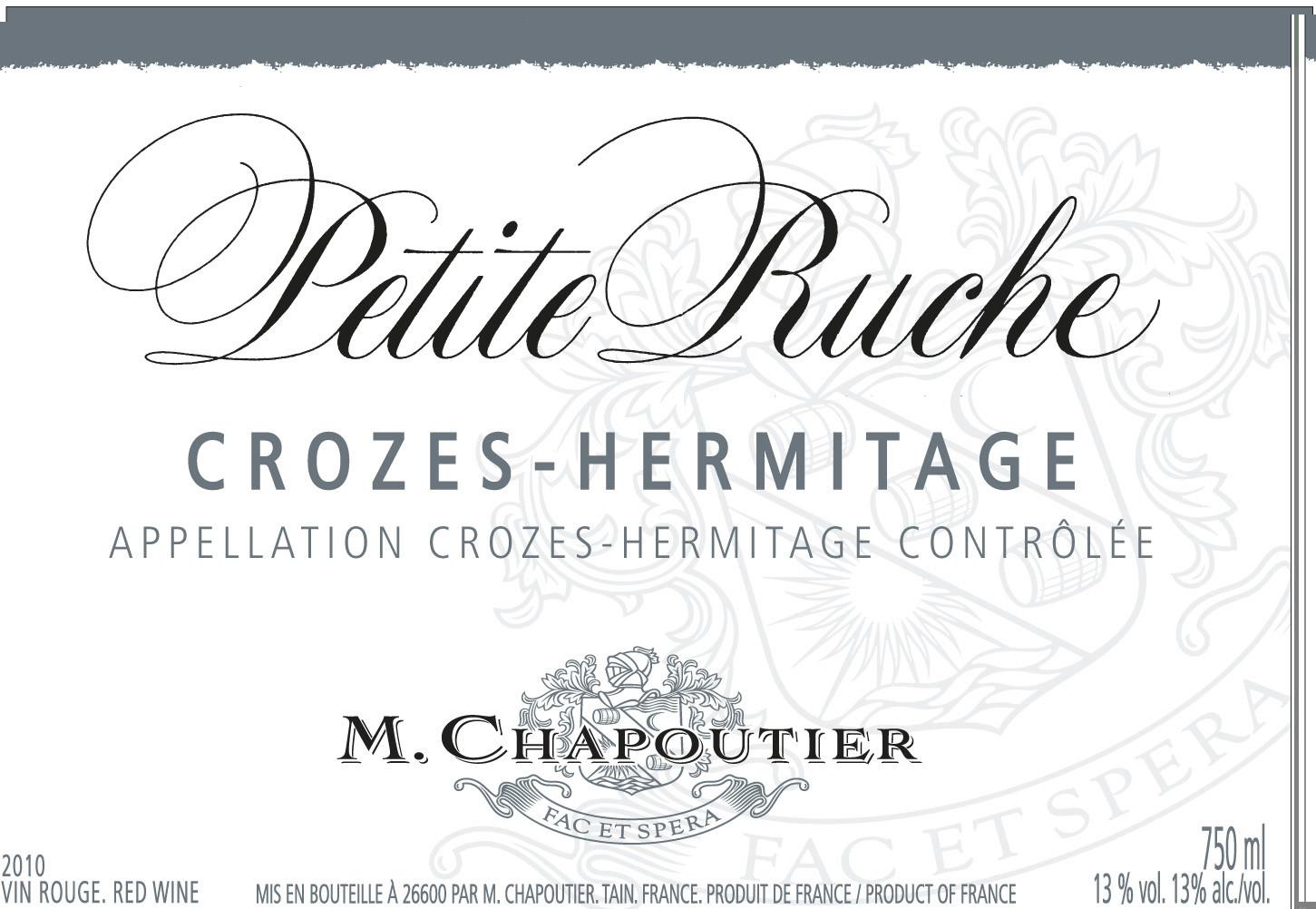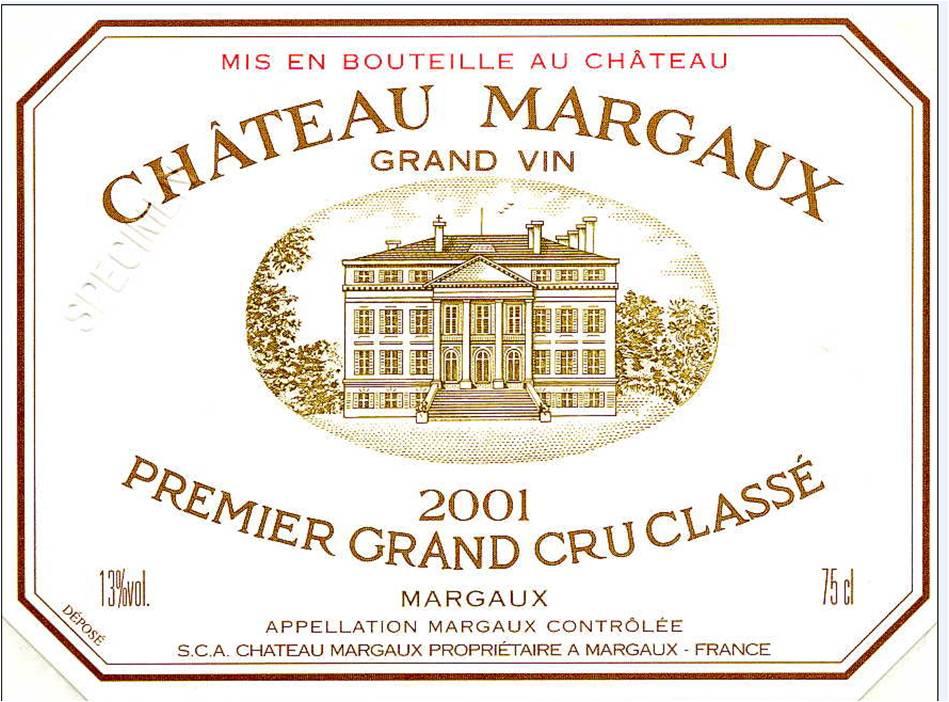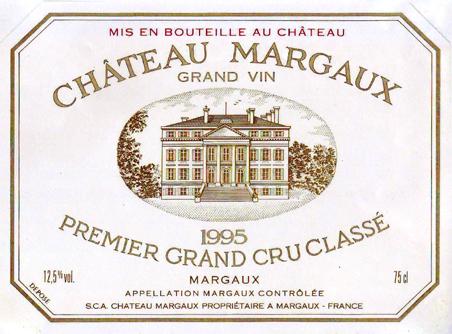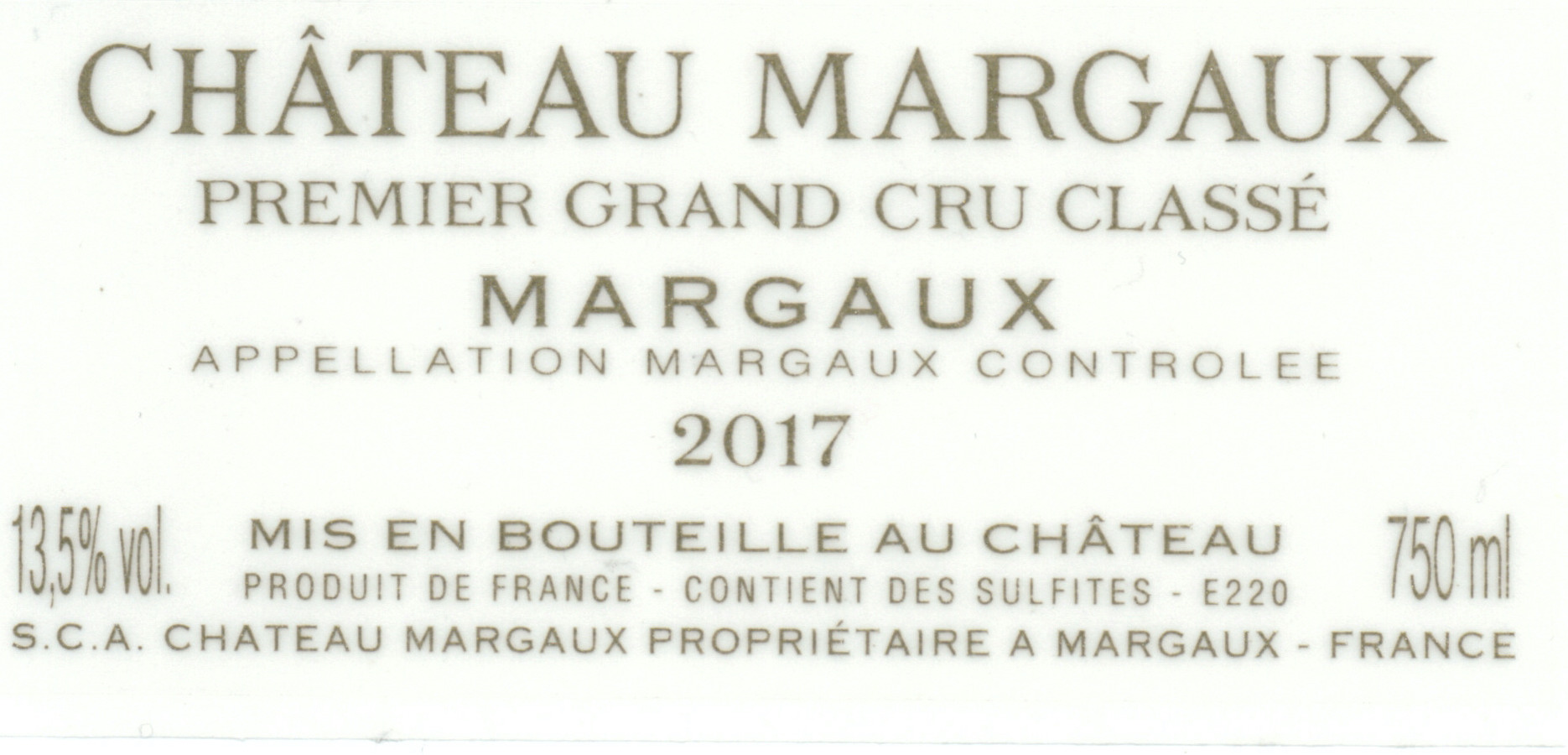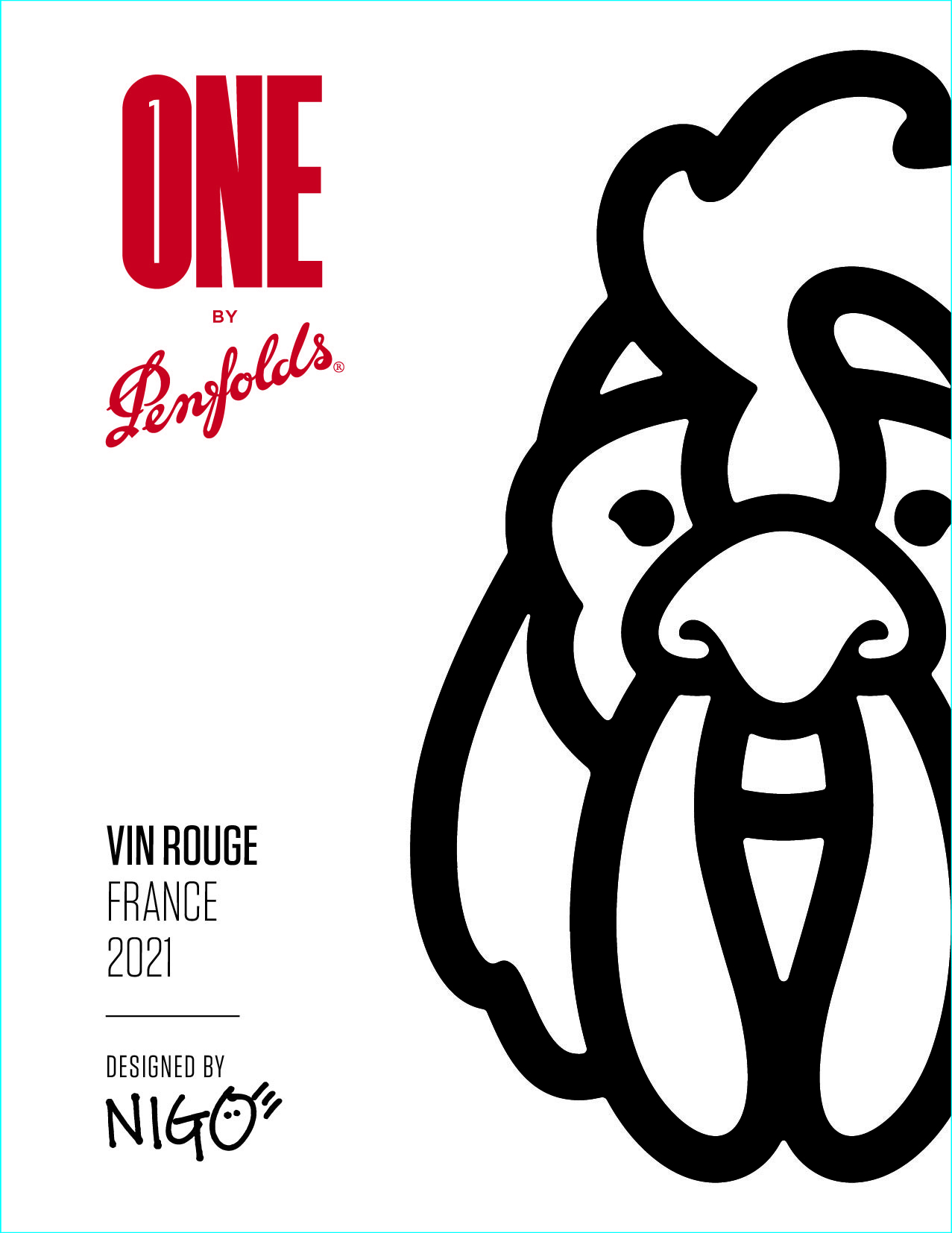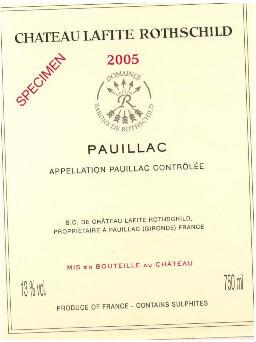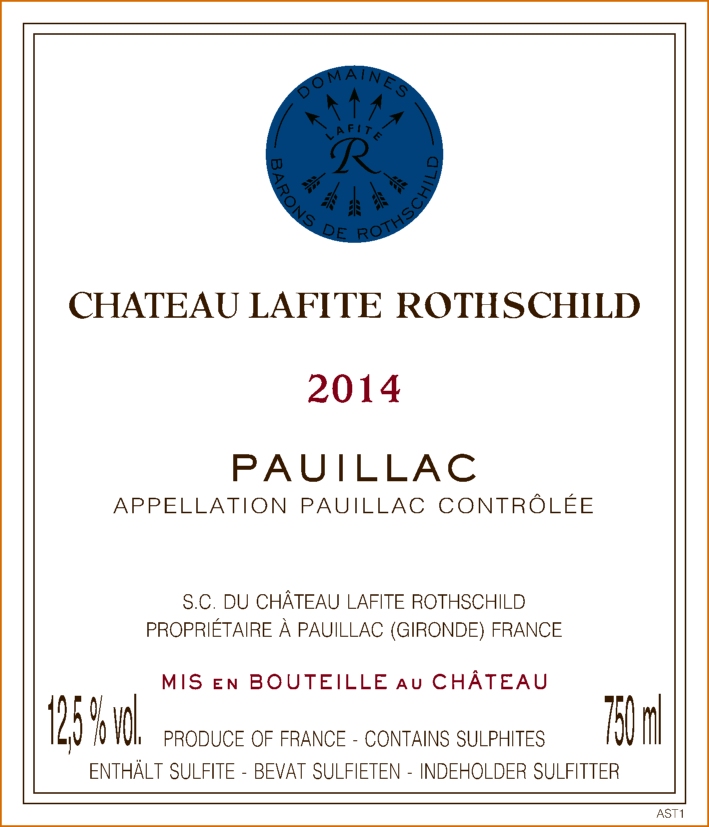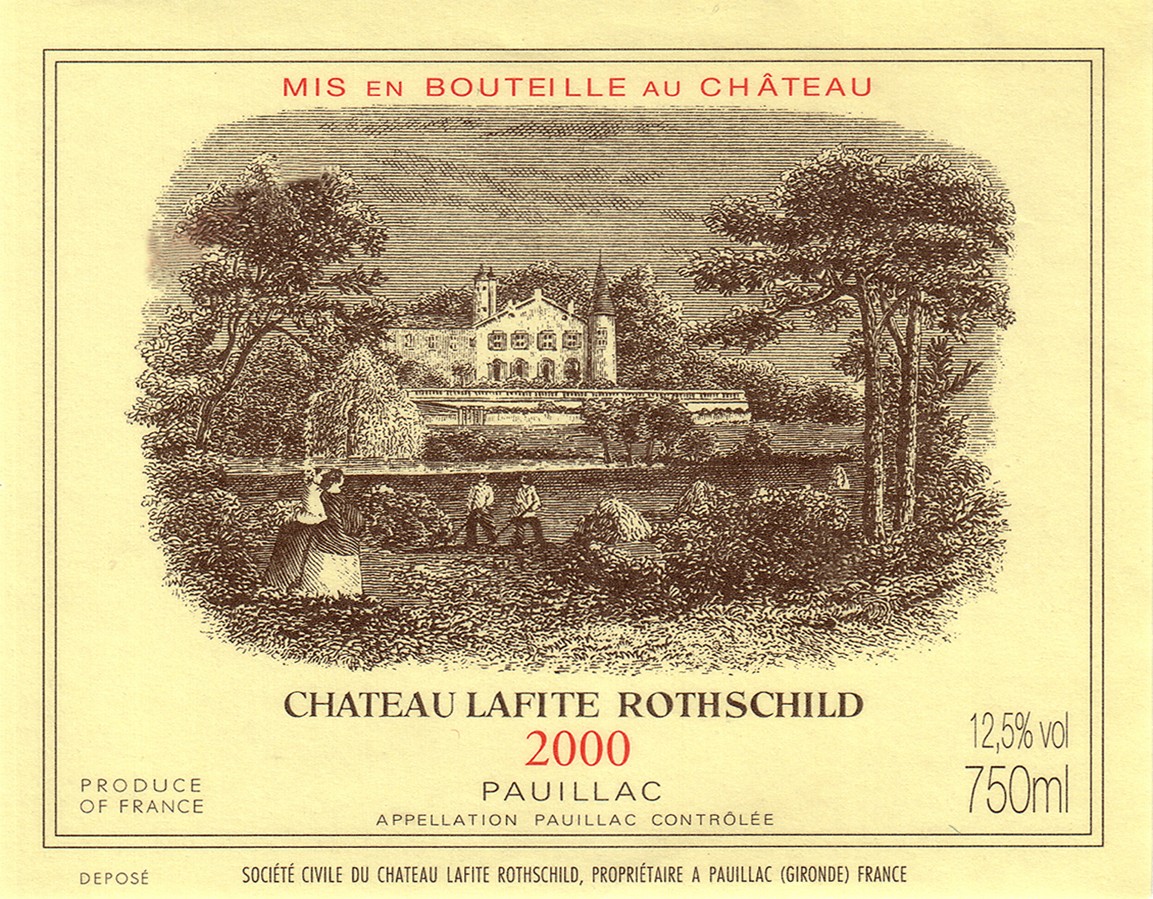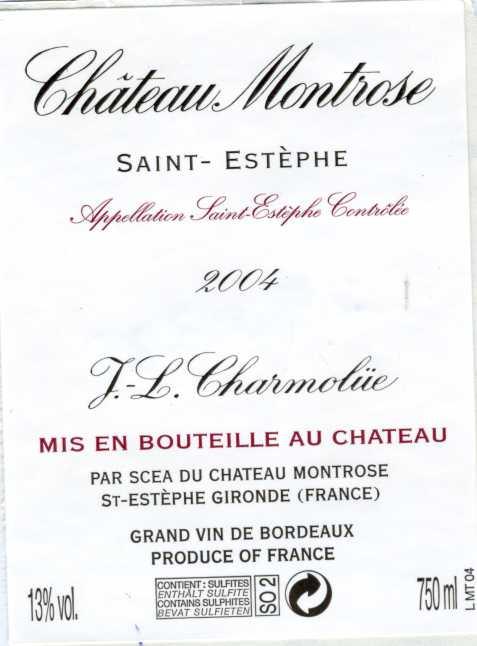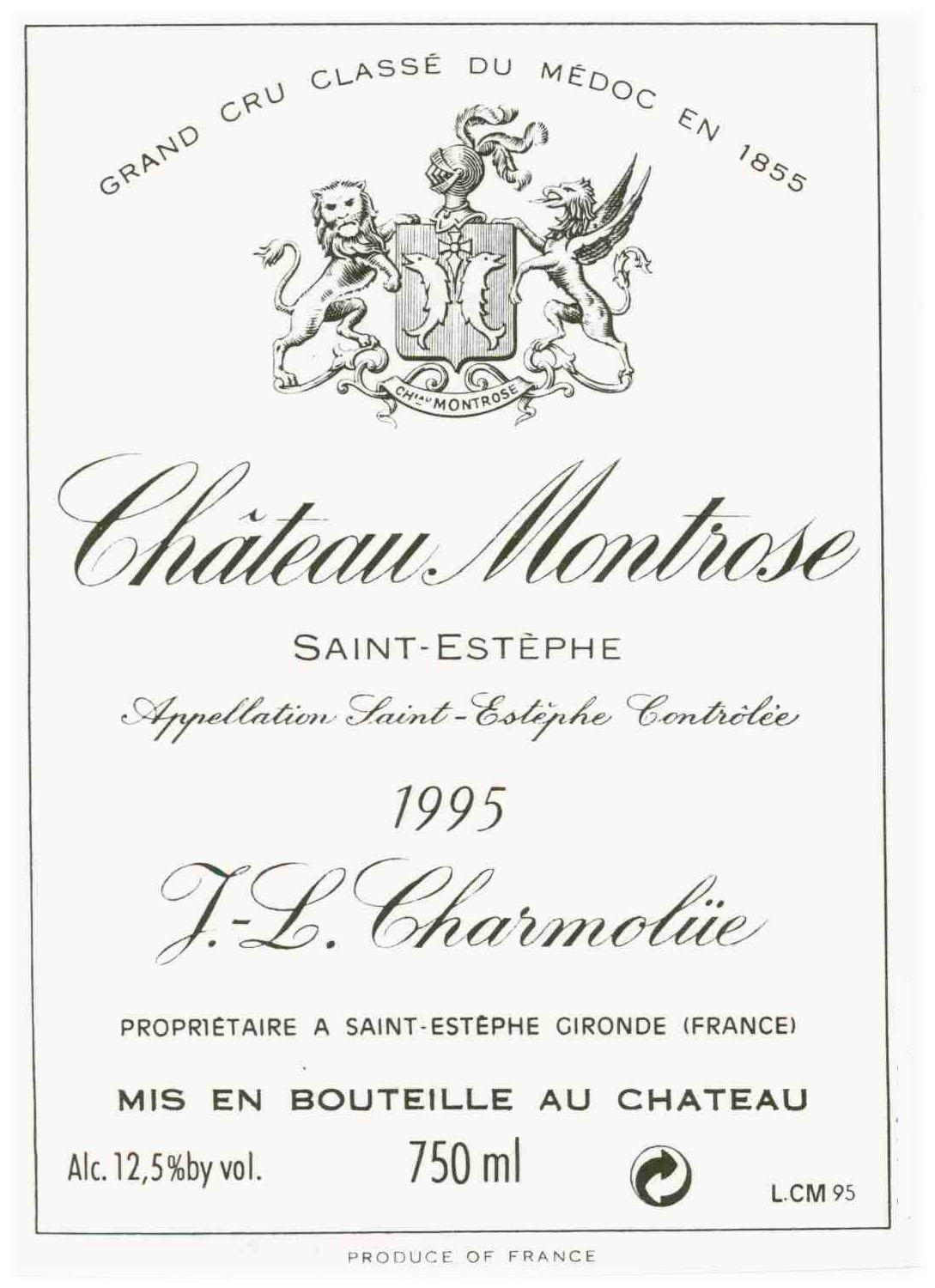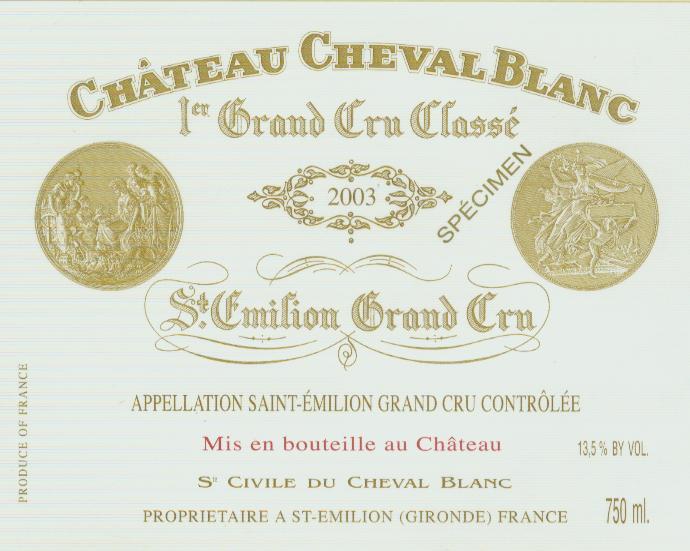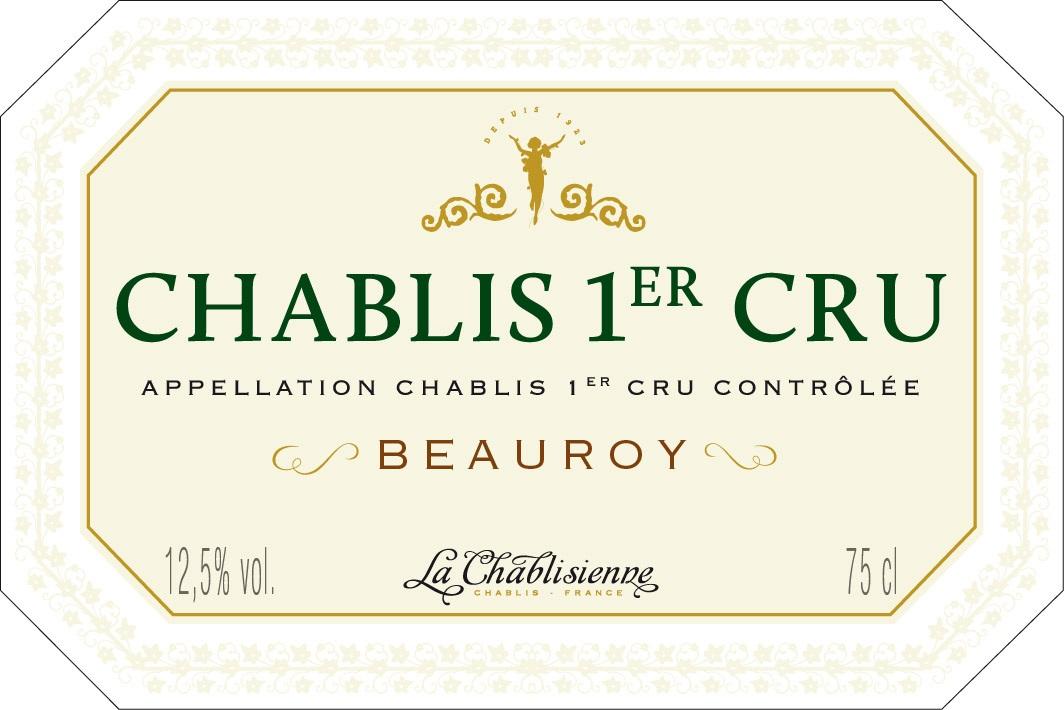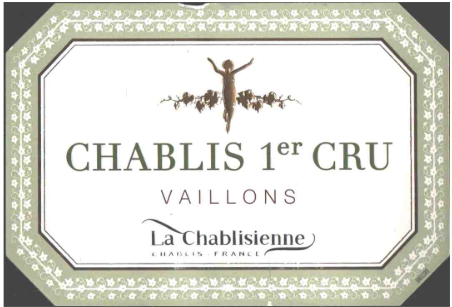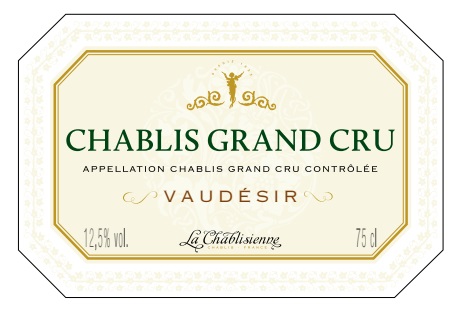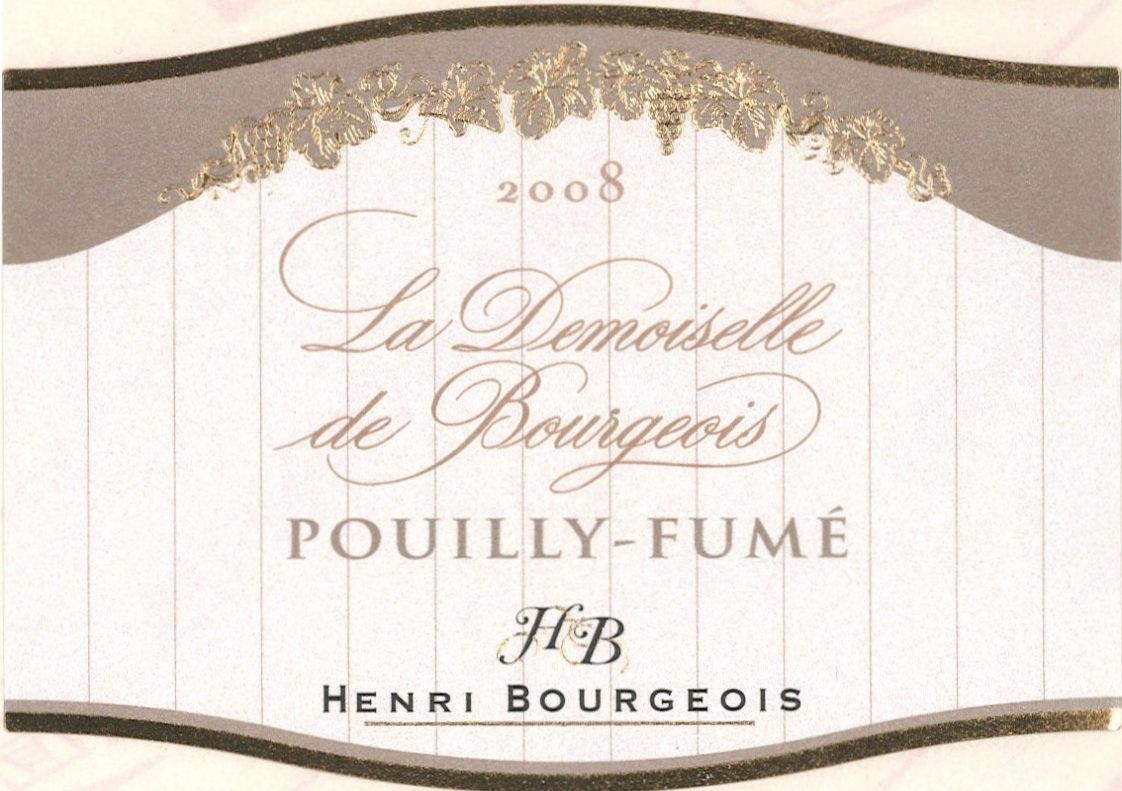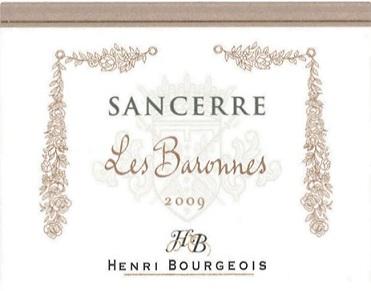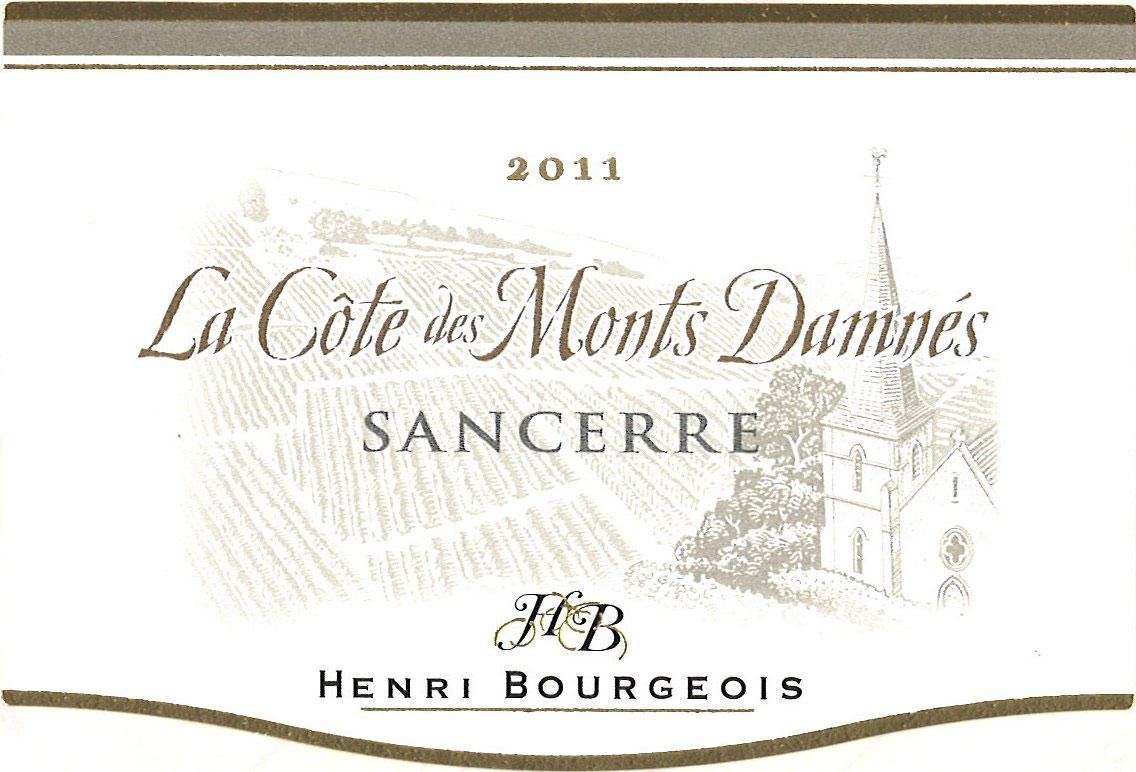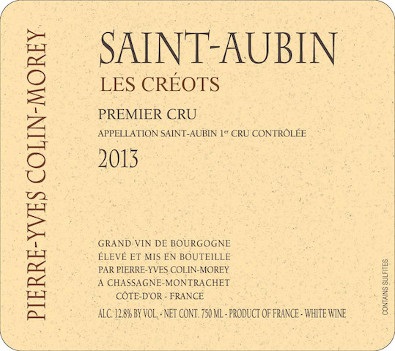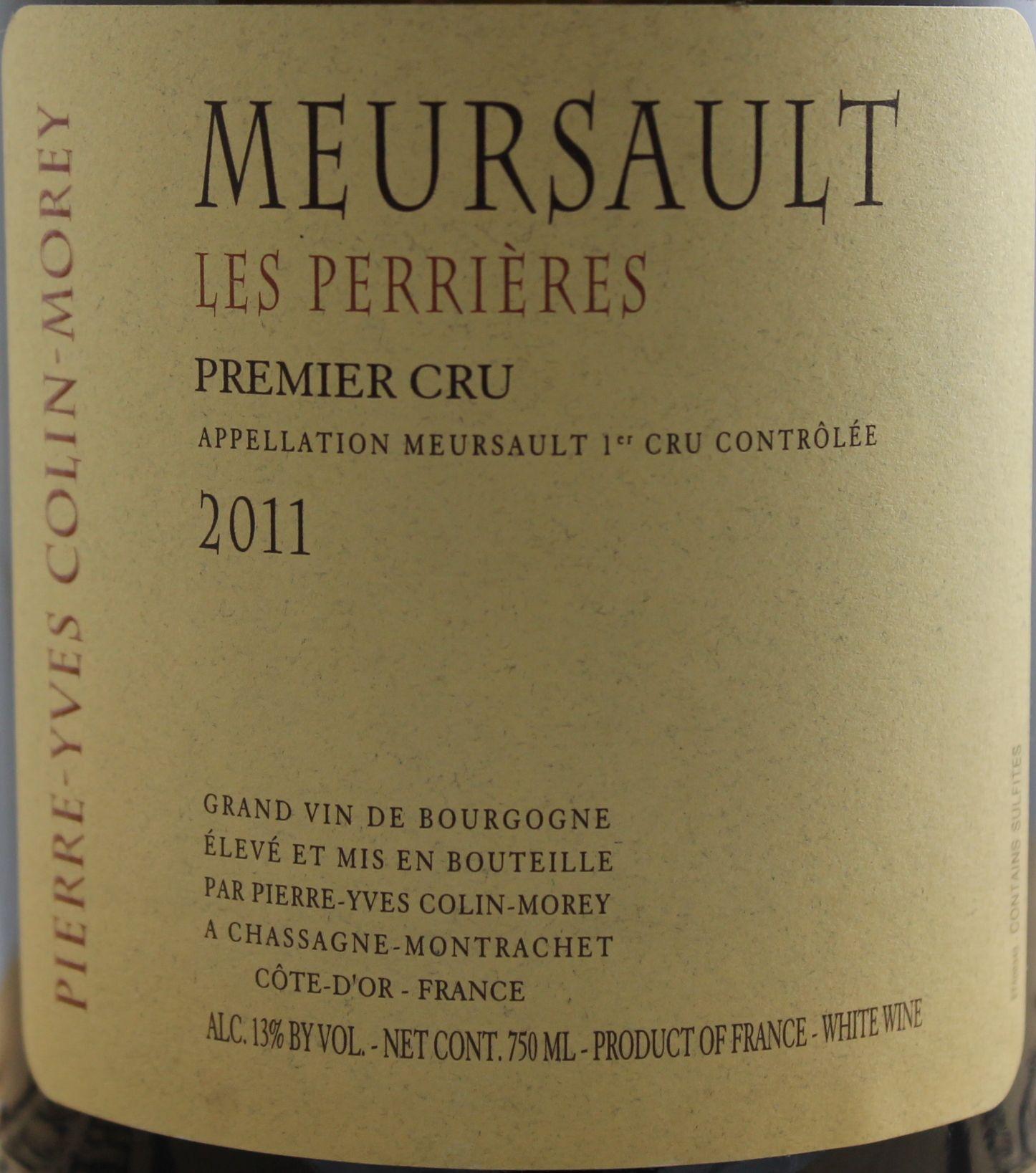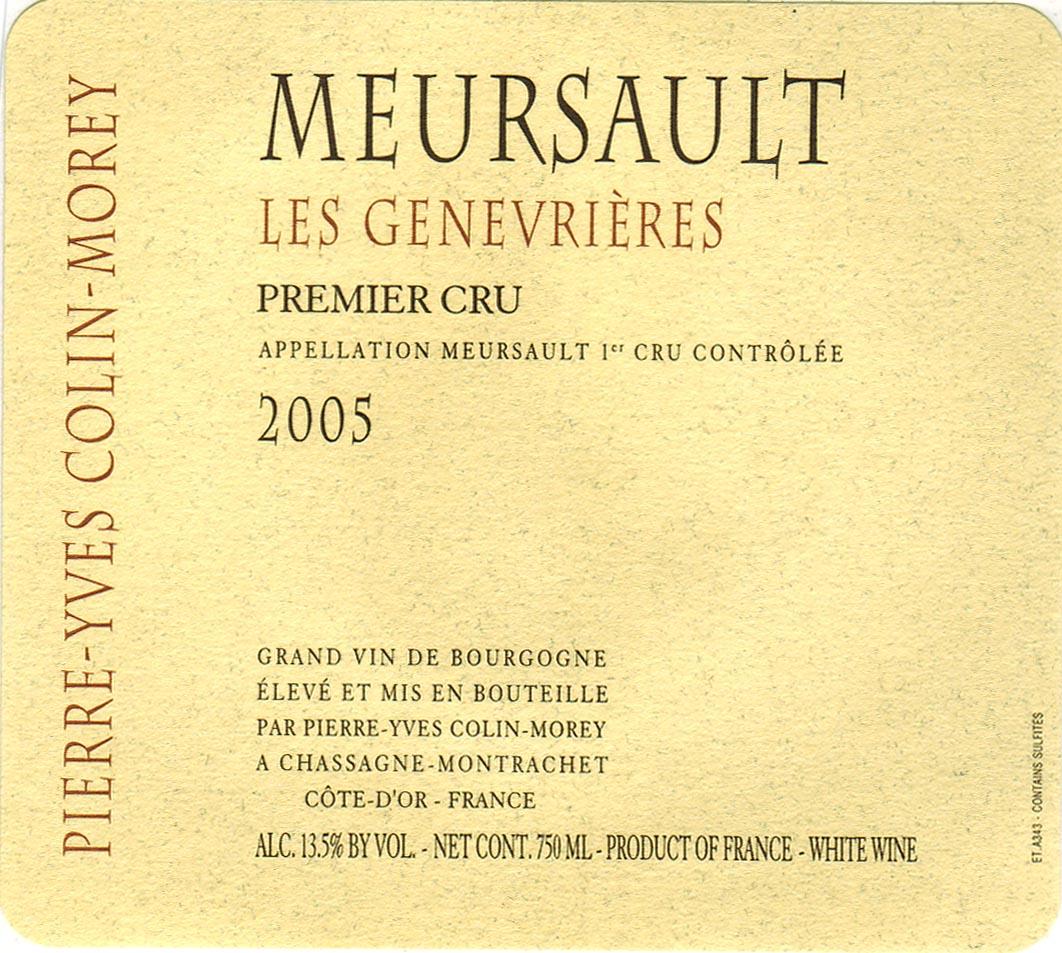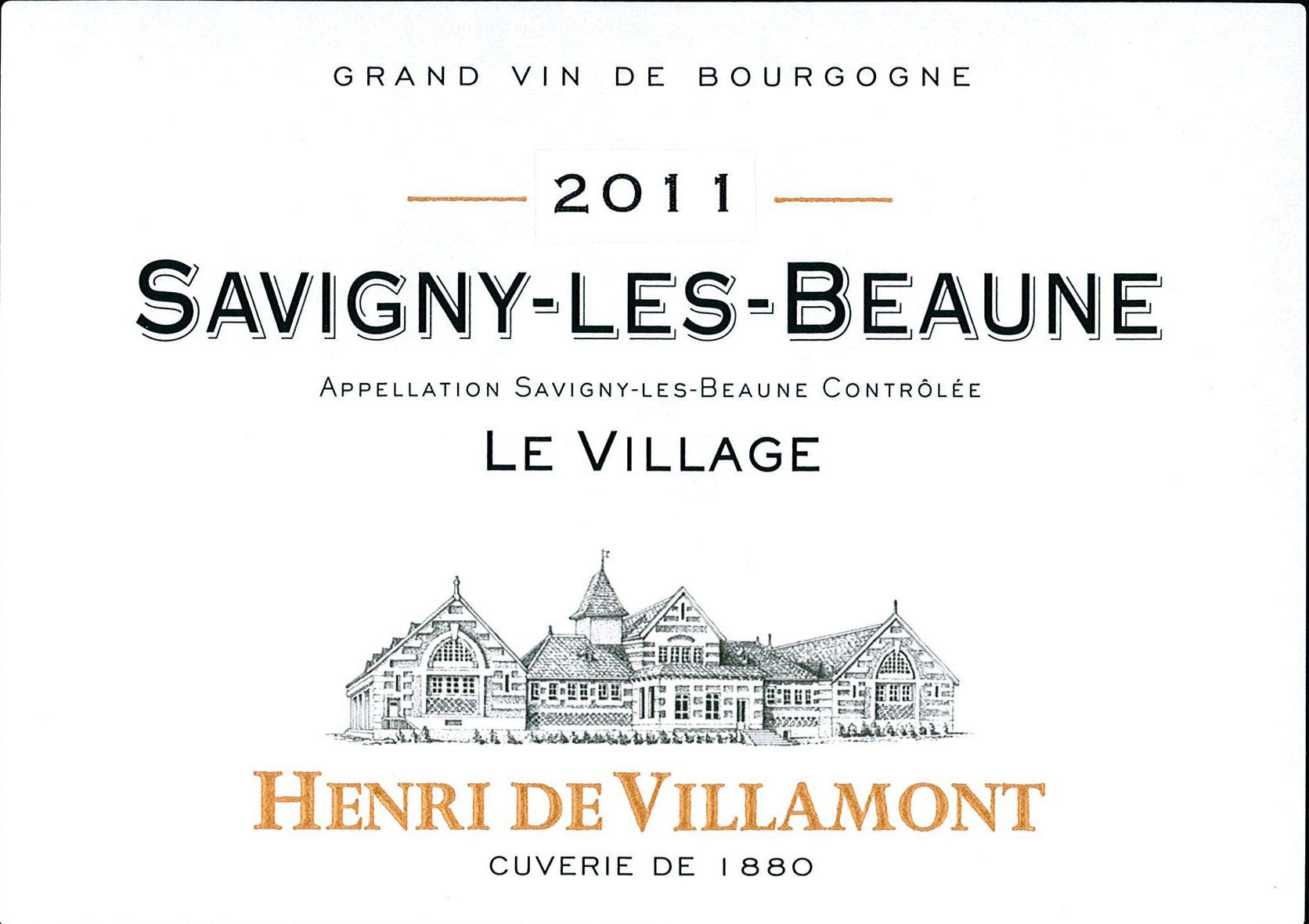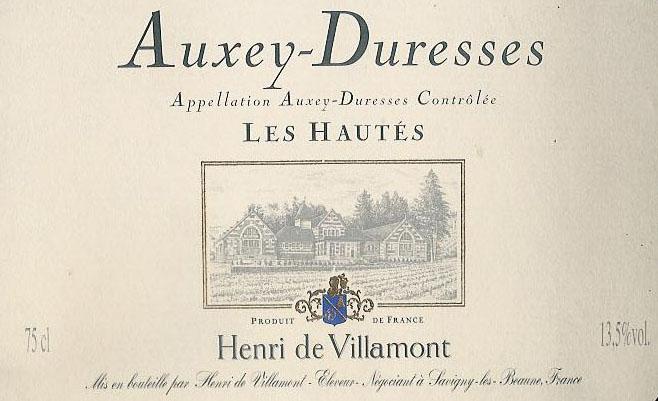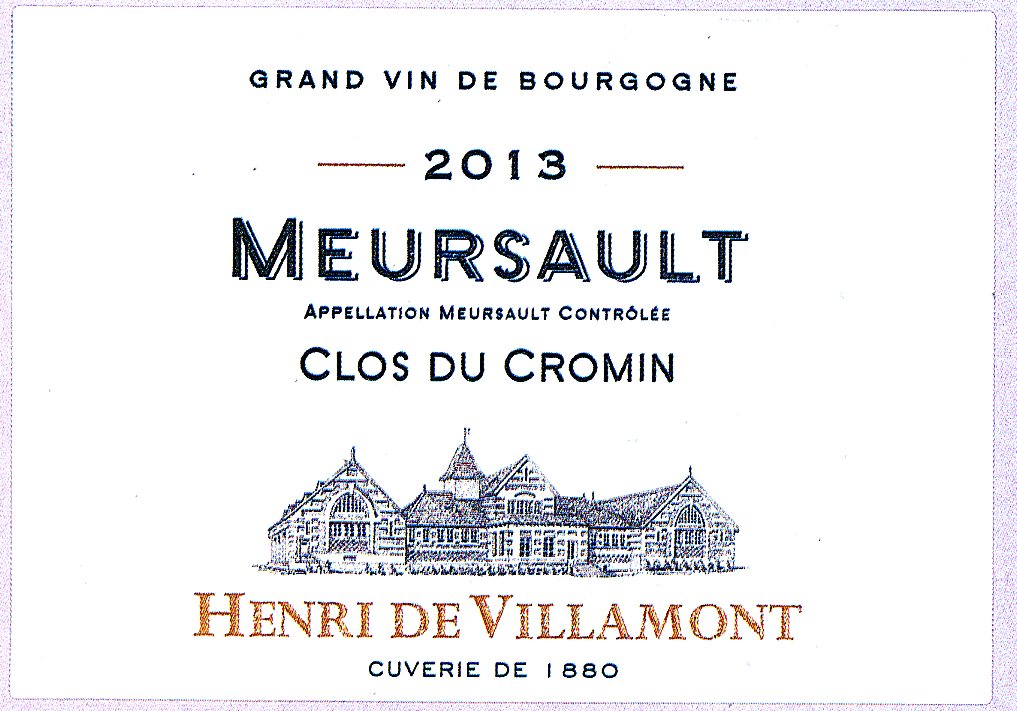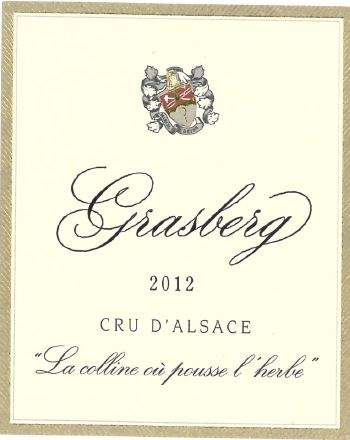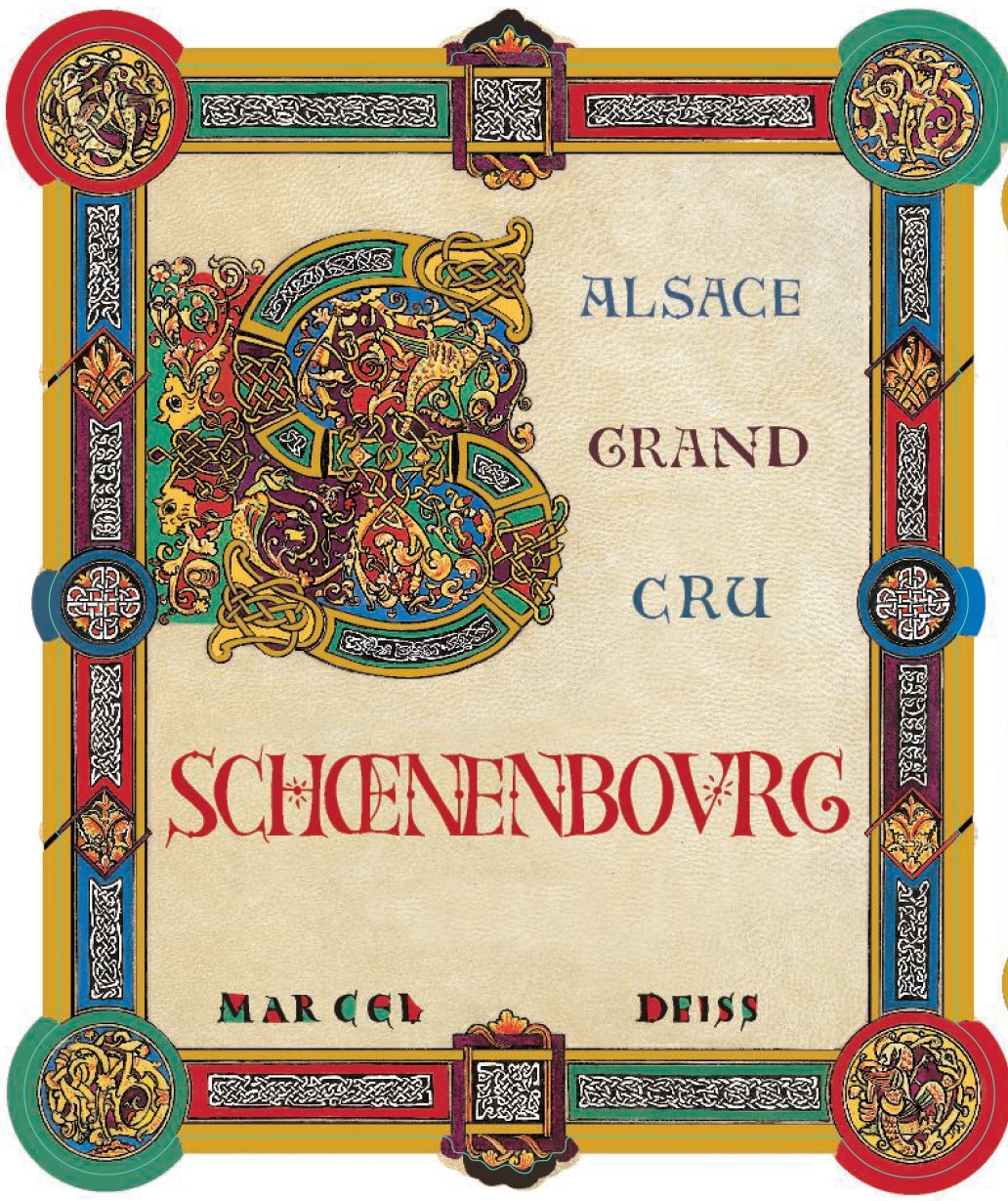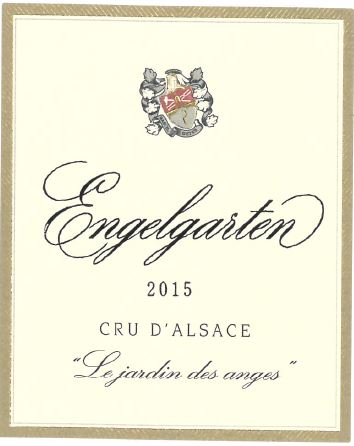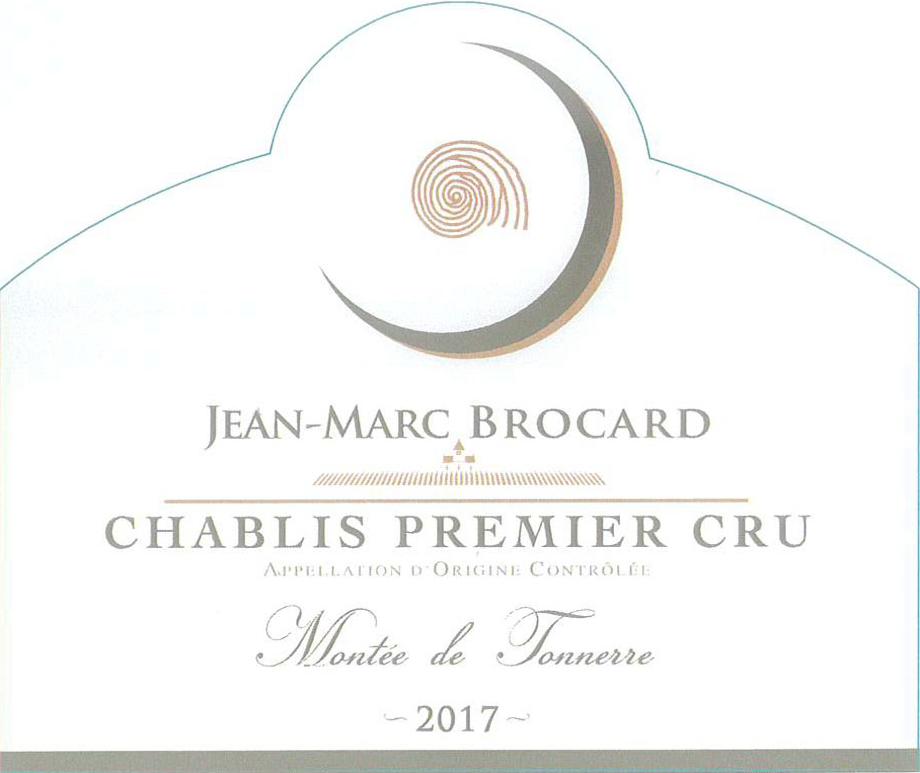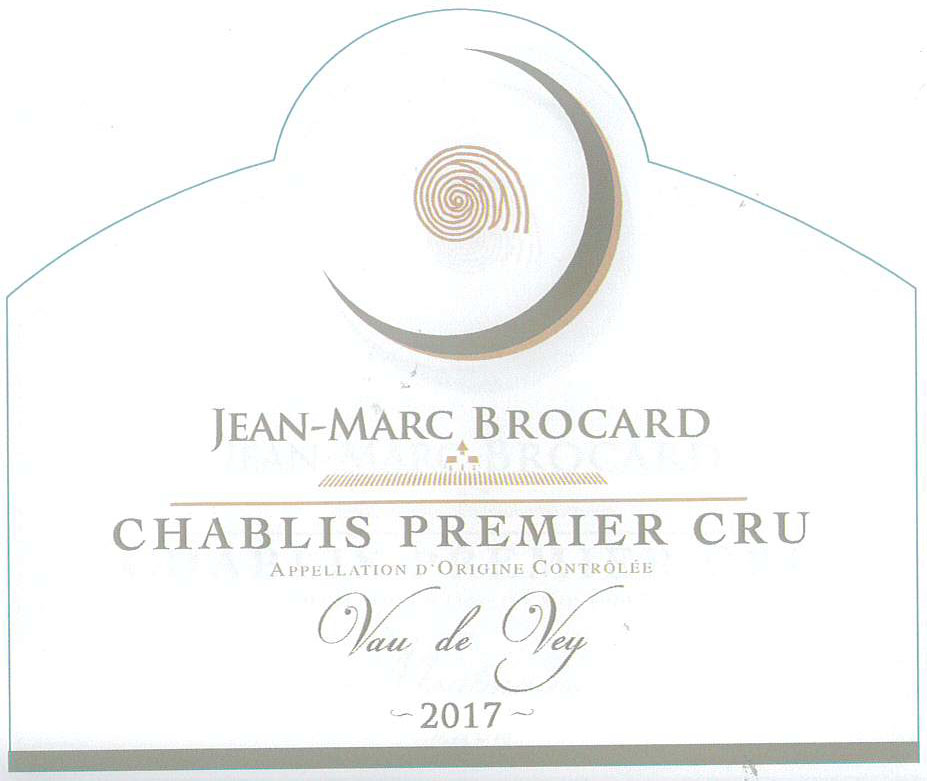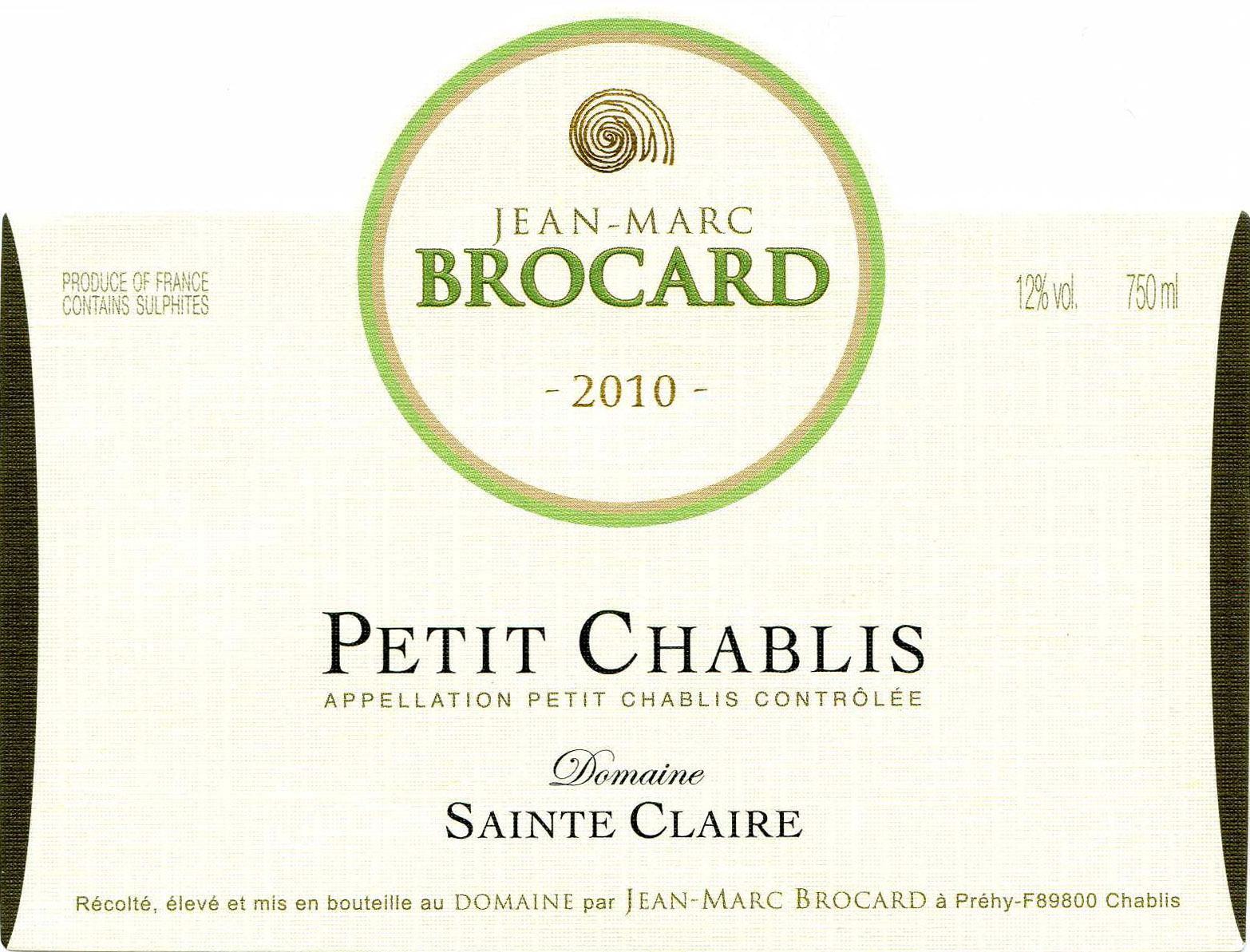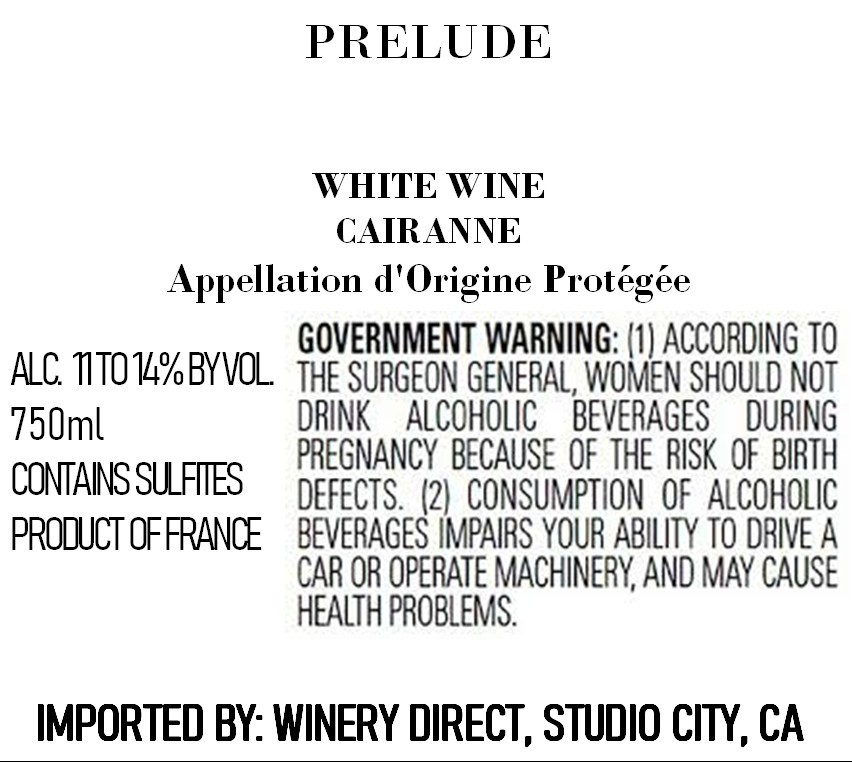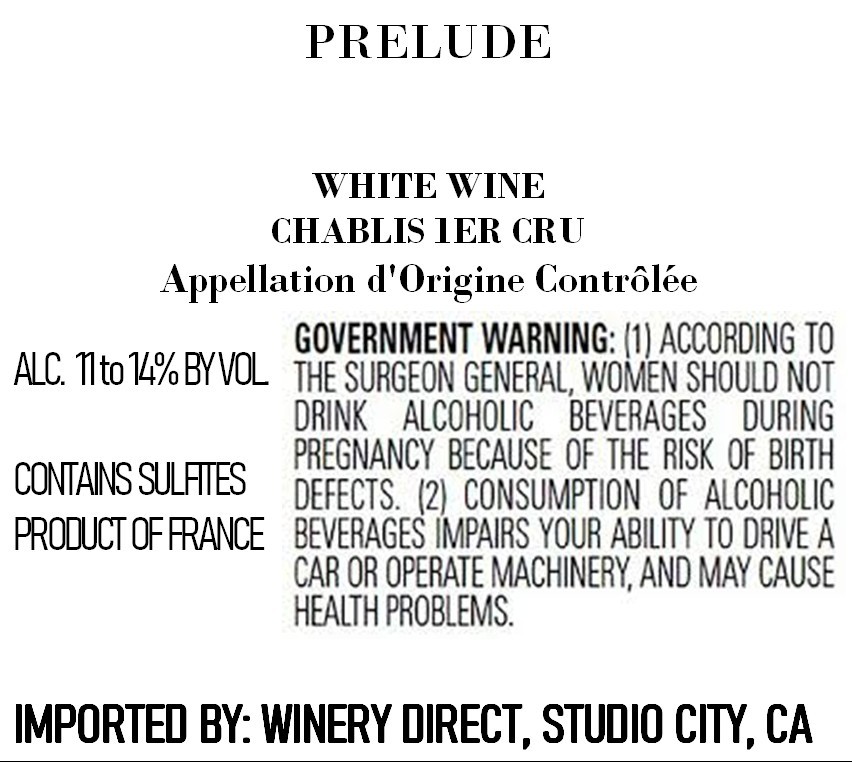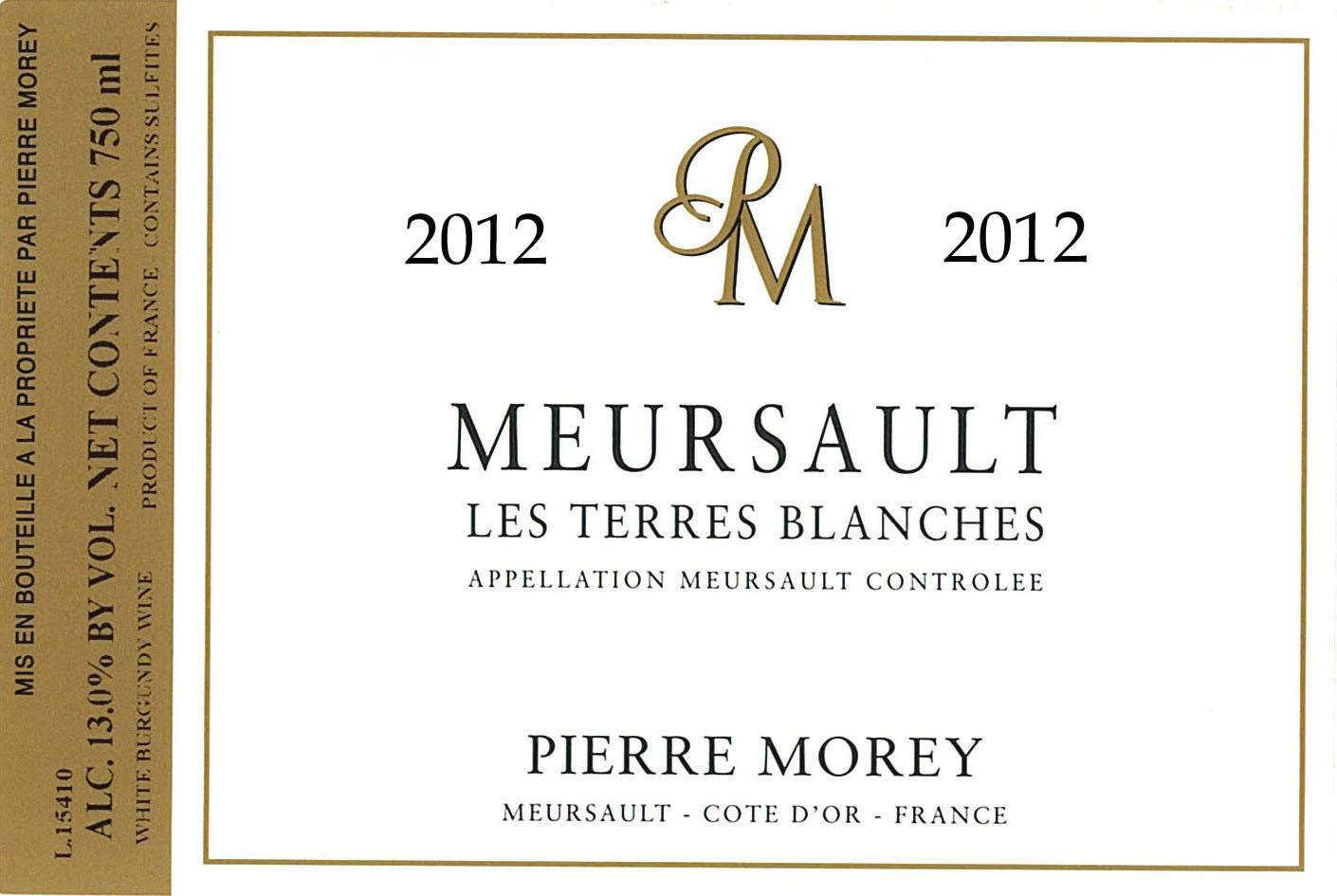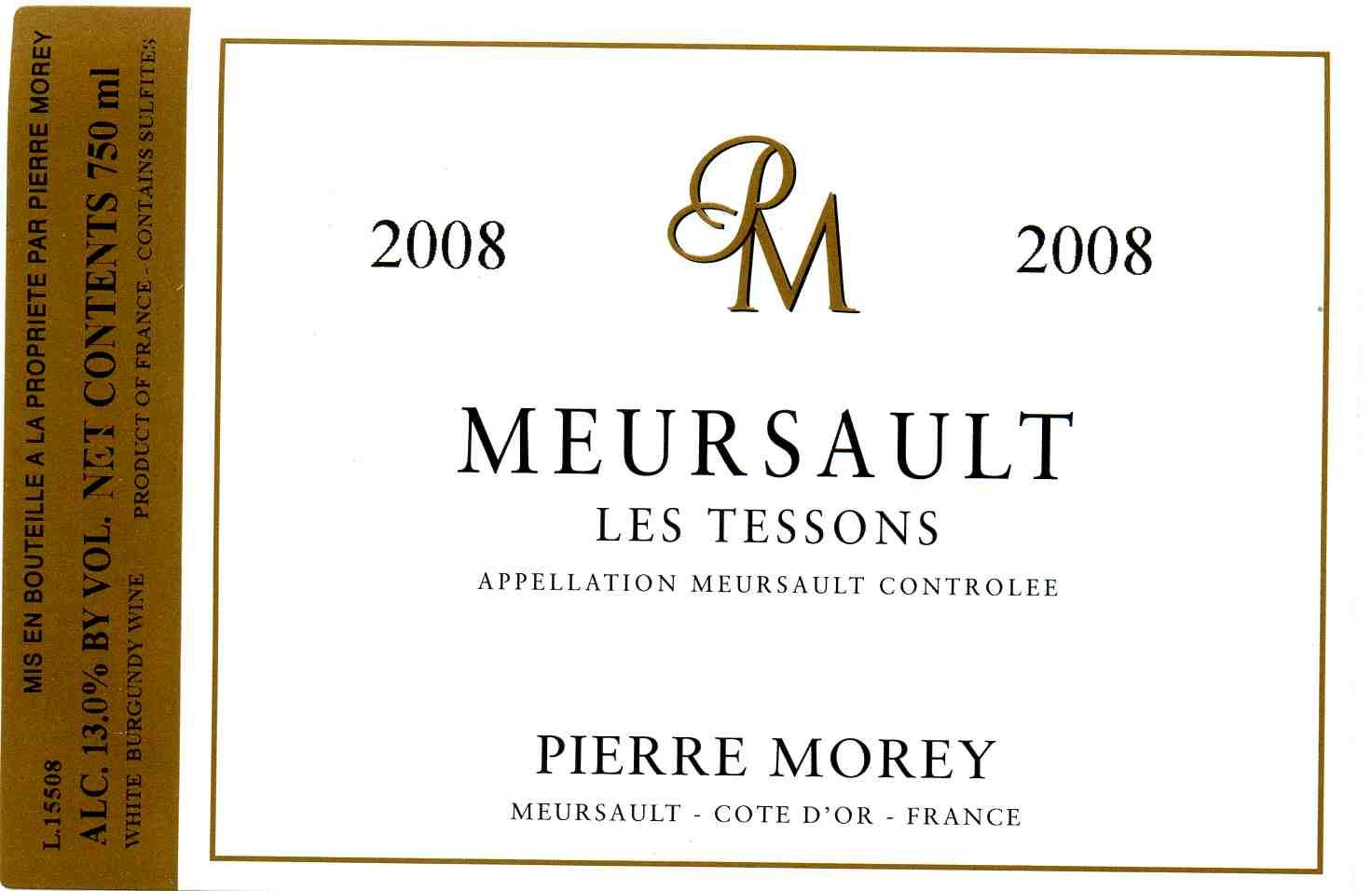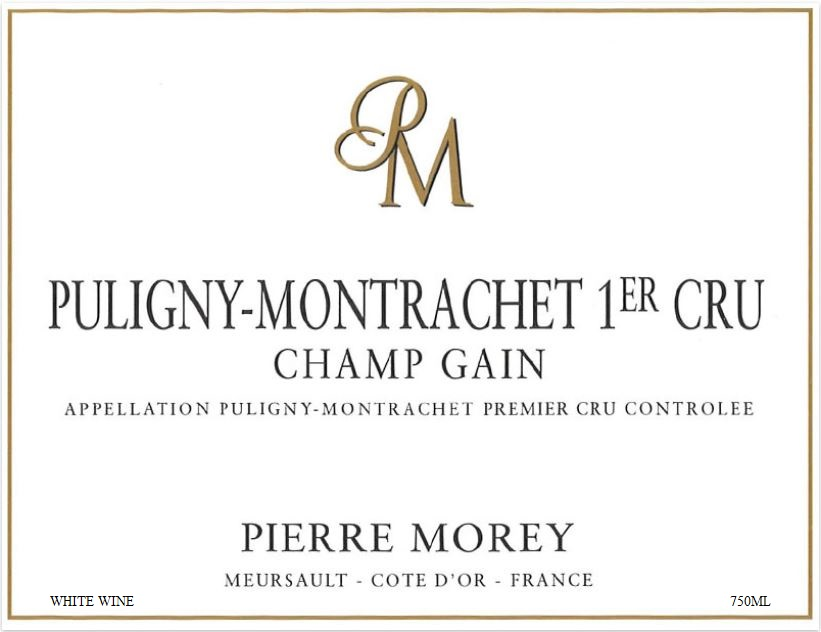French Wine Regions
France is celebrated for its diverse wine regions, each shaped by unique climates, soils, and traditions. This intricate tapestry of terroirs has given rise to some of the world’s most esteemed wines. Here are a few of the most iconic regions:
-
Bordeaux: Maritime climate, gravel and clay soils—famed for structured reds and sweet whites.
-
Burgundy: Continental climate, limestone and marl—renowned for nuanced Pinot Noir and Chardonnay.
-
Champagne: Cool climate, chalky soils—legendary sparkling wines.
-
Loire Valley: Varied soils and climates—home to crisp whites and elegant reds.
-
Rhône Valley: Mediterranean and continental influences—powerful reds and aromatic whites.
Sustainability in French Winemaking
Across France, a growing number of producers are turning to organic and biodynamic farming methods, embracing a return to natural practices that enhance soil health and preserve biodiversity. Pioneering estates like Domaine de la Romanée-Conti in Burgundy and Domaine Zind-Humbrecht in Alsace have led the way, proving that sustainability can go hand in hand with excellence.
Certification programs such as Agriculture Biologique (AB), Demeter, and Haute Valeur Environnementale (HVE) provide frameworks for environmental care and responsible vineyard management. In regions like Champagne and Languedoc, collective efforts have made major strides in carbon reduction, water conservation, and wildlife protection. Regional bodies like the Comité Champagne and the CIVL support these goals with targeted initiatives and long-term climate strategies.
By combining tradition with innovation, French winemakers are ensuring that their wines not only reflect the richness of terroir, but also a thoughtful commitment to the land, the people, and the future of wine.
Wine Tourism in France
Wine tourism in France brings the country’s rich wine heritage to life, allowing visitors to experience first-hand the diversity of regions, grape varieties, and local traditions. Exploring vineyards and cellars connects foundational knowledge about French wine to real-world sights and flavors.
-
Bordeaux: Discover grand châteaux and interactive museums like La Cité du Vin, showcasing heritage and modern winemaking.
-
Burgundy: Travel the Route des Grands Crus to see famous Pinot Noir and Chardonnay vineyards and learn about the region’s unique “Climats.”
-
Champagne: Tour historic chalk cellars and see how traditional sparkling wines are made.
-
Loire Valley: Follow France’s longest wine route, exploring diverse soils, grape varieties, and eco-friendly viticulture.
-
Alsace, Rhône, Provence, and Languedoc: Enjoy tastings, workshops, and festivals that celebrate each region’s signature grapes and distinctive wine styles.
History of French Wine
French wine traces its roots to the 6th century BCE, when Greek settlers brought grapevines to southern Gaul, and has evolved into a global benchmark for quality and tradition. This rich history sets the stage for the diverse regions, grape varieties, and the AOC/AOP system that define French wine today.
- Roman influence expanded vineyards and refined winemaking, while monasteries in the Middle Ages elevated quality and preserved traditions.
- The Renaissance and 18th century brought worldwide fame to regions like Bordeaux and Burgundy.
- The French Revolution changed vineyard ownership, and the 19th century saw both crisis (Phylloxera) and innovation (Bordeaux classification).
- In 1935, the AOC system was established to protect regional identity, evolving into today’s AOP framework.
- Modern French wine balances tradition and innovation, remaining central to global wine culture and tourism.



